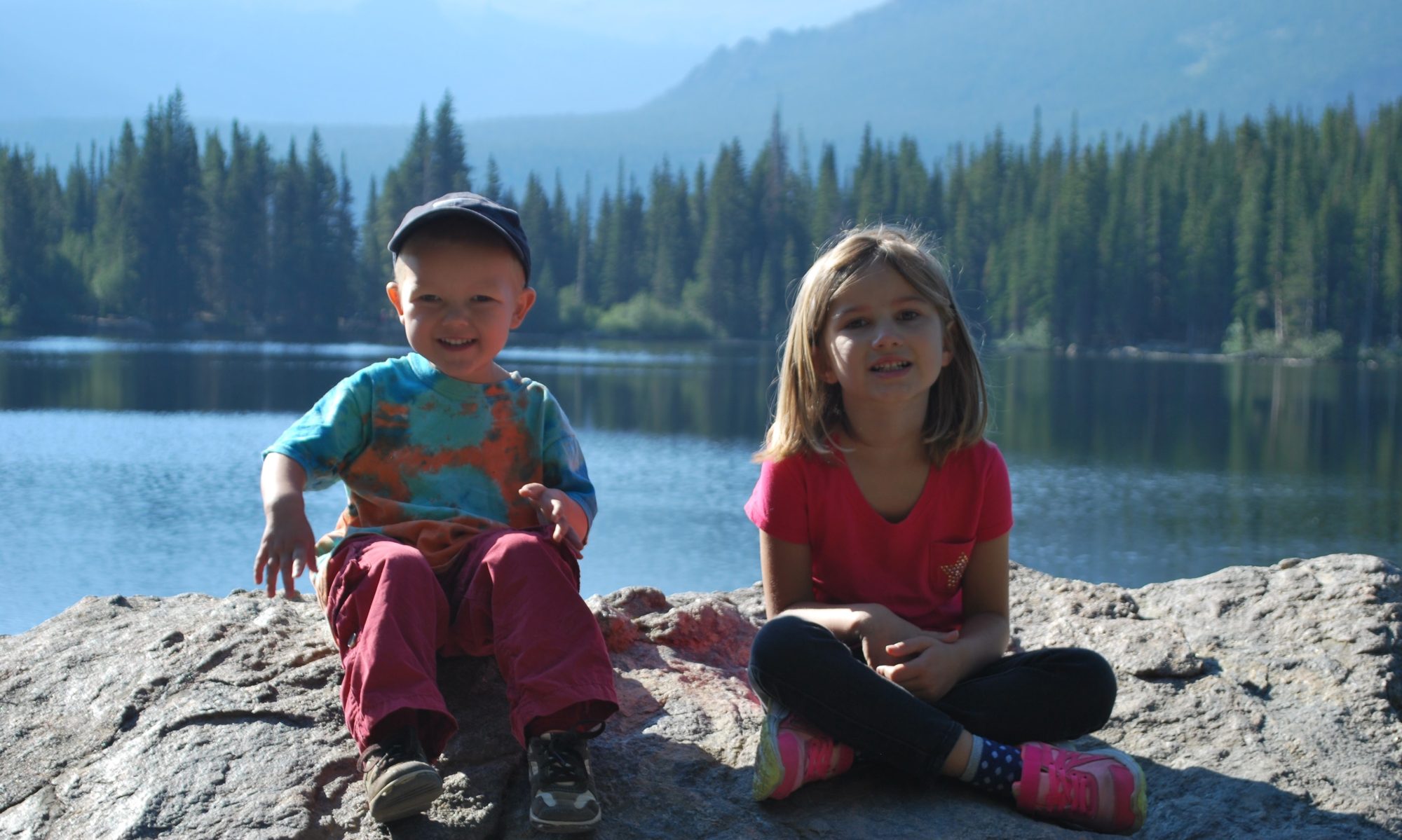Brooke picked up “The Immortal Life of Henrietta Lacks” in e-format from the library a few weeks ago, and as it’s a book I’d heard of and had some interest in, I joined her in reading it. Overall, it was a fascinating tale of how a black woman named Henrietta Lacks in the American South of the early-1950s died of cervical cancer, but samples of her cancerous cells survived in a dish (now known as HeLa cells), paving the way for not only the modern technique of cell culture, but also the discoveries that would develop the polio vaccine, new cancer treatments, and unlock many secrets of genetics.
While the book covers the science in a comprehensive, yet very readable manner, it also tells the reader of what happened to Henrietta’s family in the aftermath of her death, and the fact that they not only had no knowledge of the fact that Henrietta’s cells were being used in research, but they also received no compensation whatsoever for the discoveries that came from it. When the family eventually discovered what had been happening with HeLa cells over the previous 20 years (seriously…20 years after her death, the family found out…), they didn’t understand what was going on, partially because researchers didn’t take the time to explain it to them, but also because many of them never completed high school, let alone took a single biology class.
This passage jumped out at me:
Deborah realized these movies were fiction, but for her the line between sci-fi and reality had blurred years earlier, when her father got that first call saying Henrietta’s cells were still alive. Deborah knew her mother’s cells had grown like the Blob until there were so many of them they could wrap around the Earth several times. It sounded crazy, but it was true.
“You just never know,” Deborah said, fishing two more articles from the pile and handing them to me. One was called HUMAN, PLANT CELLS FUSED: WALKING CARROTS NEXT? The other was MAN-ANIMAL CELLS BRED IN LAB. Both were about her mother’s cells, and neither was science fiction.
“I don’t know what they did,” Deborah said, “but it all sound like ‘Jurassic Park’ to me.”
This conversation took place in the early-2000s, though Deborah, Henrietta’s youngest daughter, had been reading articles like the ones mentioned for decades, especially in the early years before the media and society really could grasp the power and utility of cell culture. Sure, researchers were making “hybrids,” but what exactly did that mean? The articles were sensationalistic, rarely providing enough background information to explain the meaning behind what researchers were doing (i.e. not making “man-animals”…).
But a lot of it goes back to the lack of education. The Lacks family simply could not understand what was happening with Henrietta’s cells because they barely had a concept of what a ‘cell’ was, let along the technologies and diseases HeLa cells could (or did) help cure. Heck, I remember trying to explain my graduate work to my 90+ year old grandmother (who possibly never took a biology class, and even if she did, it was in the early-1930s…), and that was extremely difficult. It’s not that she wasn’t intelligent: she just didn’t have the background knowledge to understand much of what I was telling her.
As scientists, I think many of us expect that society, as a whole, has a basic understanding of how the world around them functions, but I have to wonder if society understands less than we think. We expect that people over the age of 50 have taken a biology class before, but forget that biology has come a long way since they took those classes in the 1970s (when cell culture was still in its infancy). We further don’t recognize that many of our aging population (i.e. people older than 60) haven’t had a biology class since the 1960s or earlier, if they took a ‘biology class’ at all. And these are the people that we’re marketing countless drugs to during the commercial breaks from the evening news.
We need to get better at recognizing that “science” moves faster than society’s understanding of it. Perhaps this is why researchers have a tough time getting the concepts of “global climate change,” “evolution” and “childhood vaccination” across to certain segments of the population. If they had the scientific background (or the will to learn more on the subject from primary literature, rather than silly blogs like this one), perhaps our society could move forward on many fronts, whether environmental, sociological or spiritual.
Though it’s important for scientists to communicate more effectively, it’s also incumbent upon society to start listening. Otherwise, we are all doomed to repeat the failures presented in the book. It’s definitely worth a read.

